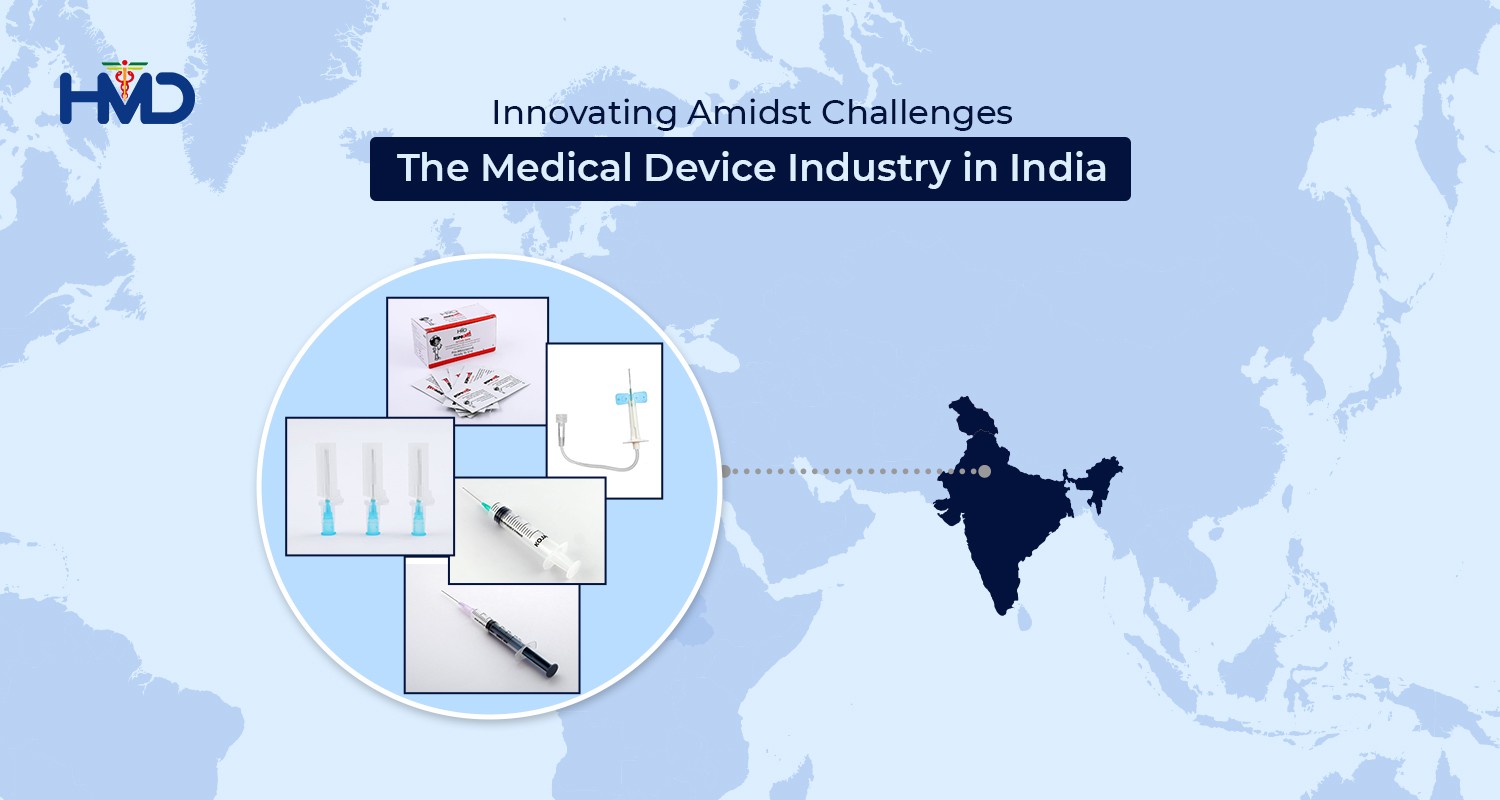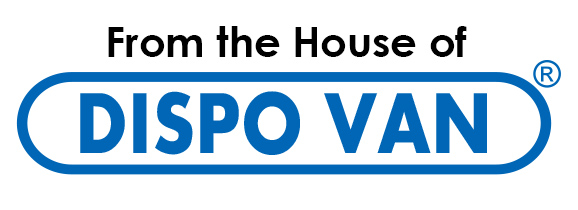

As one of the fastest-growing economies in the world, India is all set to become the third-largest economy in the upcoming years. Initiatives like Make in India have helped the manufacturing sector experience tremendous growth over the years.
In particular, the medical device sector has performed well, with a consistent growth rate of 9.3% CAGR over the last five years. As impressive as this achievement is, the medical device manufacturing industry continues to encounter challenges that are holding back its development.
Further, we will discuss these challenges in detail.
Major Challenges Faced by Medical Device Manufacturers
Here are some major challenges faced by India’s medical device manufacturers that are causing hindrances in their growth trajectory.
Regulatory Compliances
When dealing with medical devices, industry manufacturers must comply with stringent regulations. Since people’s lives are at stake, the government has laid down certain safety standards regarding the manufacturing of medical devices.
Most manufacturing firms are required to adhere to a comprehensive list of regulatory standards. Furthermore, obtaining certification for each regulatory clearance and quality standard is a protracted and demanding process. And so, the tedious nature of complying with government norms can pose a significant challenge to manufacturers.
Supply Chain Issues
As is the case with most manufacturing sectors, the medical device manufacturing industry is also plagued with supply chain issues. However, the issues extend beyond vendor selection, procurement of raw materials, and inventory visibility. The lack of distributors and shipping networks also contributes to delays and damages during medical device shipment. This ultimately causes problems for those in need of these crucial devices.
The complexity of pharmaceutical supply chains has increased immensely over recent decades, and with temperature-sensitive products leaving pharmaceutical companies to be shipped worldwide, distributors depend on reliable solutions for cold chain logistics
Main temperature ranges to be considered along supply chains
Apart from the ultra-cold environment predominant in a fridge for lab for example (usually -40°C to -80°C ), there are two other important temperature ranges that are used to frame storage conditions for temperature-sensitive pharmaceuticals under temperature-control, as outlined below.
• Ambient temperature
Controlled room-temperature refers to a temperature range between 20°C and 25°C. This, though, does not at all mean that products stored under these temperatures are indifferent to temperature excursions and that temperature control is not necessary.
• Refrigerator temperature
A chilled environment, for example in a refrigerator, is characterized by temperatures between 2°C and 8°C and is appropriate for products that must be kept cool but prevented from being completely frozen.
• Cryogenic temperature
Products to be stored at cryogenic temperatures require an environment with low to ultra-low sub-zero temperatures. In the process of cryogenic freezing, for example, temperatures can be lower than -150°C, which requires dedicated cooling and storage solutions that go far beyond the capabilities of a household freezer.
Additionally, the use of mRNA vaccines to fight the COVID-19 pandemic has further underlined the need for professional cold chain solutions.
R&D Limitations
Extensive research and development are important in the medical device manufacturing industry. Lack of advanced infrastructure and specialised testing facilities can hinder research and development efforts. Currently, India needs to focus on developing such facilities to support their researchers. Government is taking lot of initiative for the research and development sector of medical devices to become resilient. For example, AMTZ project, Andhra Pradesh is one of world’s largest medical technology manufacturing cluster with over 100 companies working on research, development and production of life saving medical devices which are currently not being produced in India.
Lack of Investments
The manufacturing sector requires a significant and steady source of investment. It requires substantial funds to procure raw materials, machinery, and labour. The situation is much more complicated for medical device manufacturers, requiring higher investments in quality research and development. Maintaining a manufacturing unit becomes extremely challenging without adequate financing in a competitive market with margins being towards the lower end.
Summing Up
Manufacturers in the field of medical device production encounter several challenges in India. These challenges encompass regulatory compliance, quality control, and lack of investments.
HMD Healthcare is one name that has managed to grow and prosper regardless of the numerous challenges faced in this sector but took its sweet time to reach the mark where it is today. With over 60 years of experience and a plethora of cutting-edge medical devices, HMD Healthcare has set a benchmark for manufacturing high-quality products.
To learn more about HMD’s products, visit the website today!

